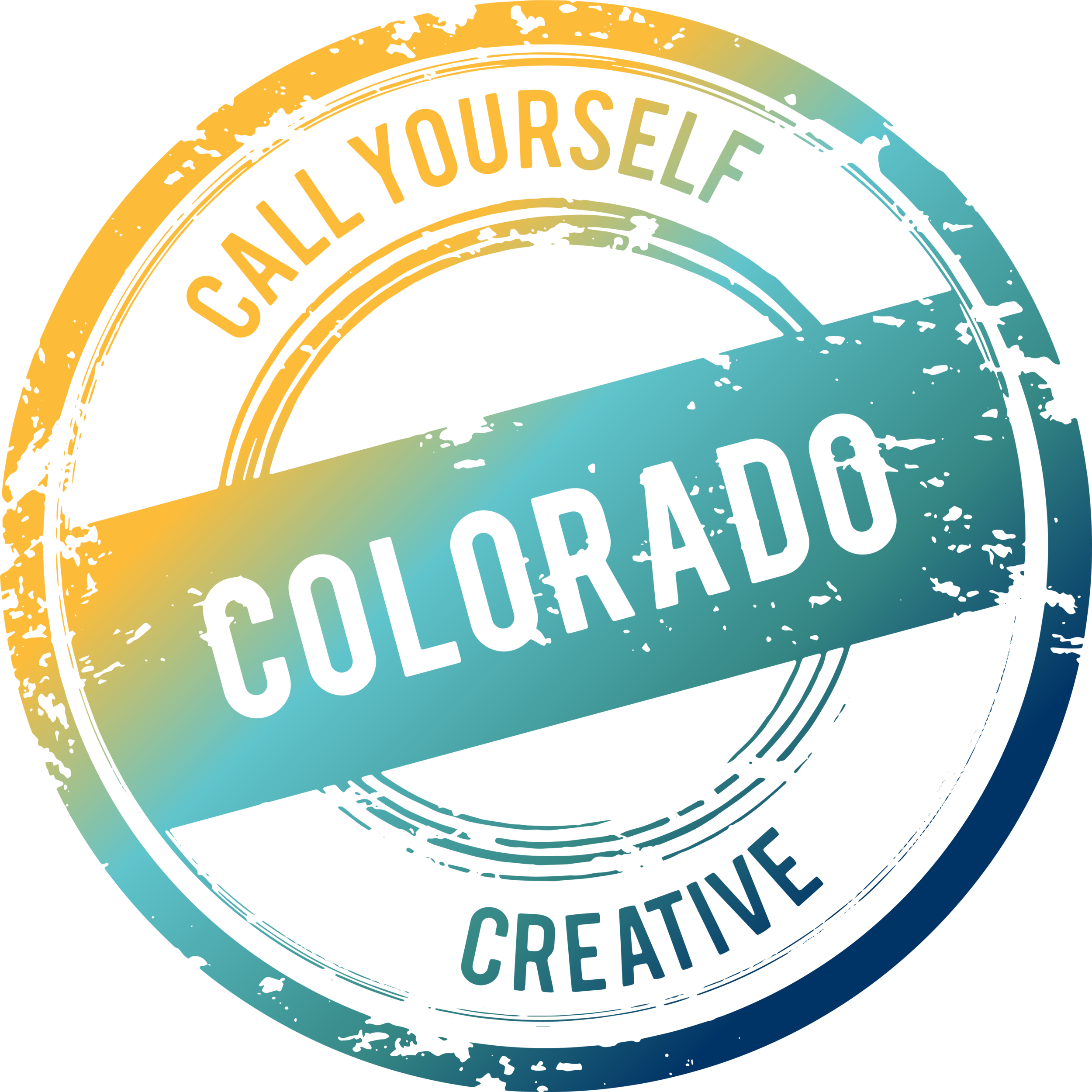List your communities creative assets
In the large stakeholder meeting(s)—during the “Input Activities” section, gather input on your community’s creative assets. These can be any number of destinations, resources, and attributes, including galleries, showrooms, studios, creative enterprises, creative venues, museums, theaters, art collections, cultural sites, public spaces, public art, murals, and festivals.
Build your inventory of creative assets and experiences. Accept almost any suggestion for inclusion. This is not the meeting to exclude input. Aggregate input in this forum. You will organize and package the input later. If you follow the suggested process recommended herein—that will happen in the next Working Group session following this meeting.
List characteristics that make your creative community unique
During your large stakeholder meeting(s), facilitate a discussion or activity to generate a list of the unique or quintessential characteristics of your community. These can be almost anything, including elements from both the natural and built environments. These characteristics could include unique or historical buildings, architecture, a bridge, a town square or even an odd or unique intersection—or—an amazing rock formation, a remarkable tree, a scenic view, unique topography, or an historic site (registered or not).
It is certainly possible that some suggestions from the group may appear on both your creative assets and unique characteristics lists. Don’t be concerned about this. In fact, it’s not uncommon; thus, it’s not important to distinguish between the two lists. Both lists are part of your community’s authentic story.
List the values your community holds dear
Values are the non-negotiable core principles or lasting beliefs that guide a group’s behavior. They must be acknowledged, honored and defended to ensure change occurs in accordance with these values.
Work with your stakeholder group to gather input on the values your community holds dears is an important step – shared values guide behaviors; they bind people together and help create a collaborative and accountable culture. Your community’s core values should be reflected in your shared vision—more on that in Step D.
This activity is not intended to be contentious. It’s designed to listen and gather. Just as advised in the Steps A and B, build a recommended list of common values. If the list generated is extensive, consider allowing the group to vote for the top five to help you narrow the list as well determine a sense for commonality and priority. This is most often done by asking attendees to select their top five from the group-generated list on the screen, whiteboard, or flip chart and write their choices on an anonymous piece of paper. You can do the tally later in the next Working Group session.
Develop your communities shared vision for the future
As you’ve likely recognized, each of the first three steps in this stage contribute to the fabric of the 4th step—developing your shared vision for the future. In the stakeholder meeting seek input on this step, but not wordsmithing. Focus on capturing key concepts and descriptions of visions for the future or desired future states. Attempting to craft language in a large group is most often unproductive. It devolves the divergent discussion and is best addressed in a different setting, most likely with the Working Group or even a subset of that group (and then shared with the broader groups).
Some believe this step is easy. And it can be, if your community or district has a collectively held clear and compelling desired future state—but it most often requires a collaborative process to effectively bring clarity to the vision.
Collaboration with stakeholders is key, so they have a sense of connection—or “buy-in”—to the envisioned future. Capture their input on key concepts for desired change. Not every suggestion will tie to your shared vision (or desired future state) but listen and capture all concepts. See if they naturally cluster into categories. As mentioned prior, this activity can be conducted as a facilitated brainstorm, a roundtable discussion, or specific stations for group activities. (See Stage 2 Resources for samples and outlines for activities, particularly the Flip Chart Activity.)
Unless you plan to engage a consultant, your Working Group will take this input, filter it through the lists generated in Steps A, B, and C, and discuss ideas for your shared vision. There are many approaches and resources for a vision process, including those in the Resources and Appendix sections here. Remember, a vision is not a goal—it’s an ideal for the future. It’s bold and aspirational. It should embody your core purpose, reflect your values, and envision a different future—all [ideally] in one short sentence! It’s how you will change the world—right in your own community!
Give your Working Group time to process this input and complete the vision process. Your group may not arrive at the precise result on the first (or second) try. But don’t worry about perfection—your vision can evolve, particularly as your organization matures. Be sure to schedule another stakeholder meeting to share with your community the fruits of your labors—and welcome feedback as well.
Remember, along with common values, a shared vision binds people together and points to the future; your authenticity [history, assets, and values] embraces the past and connects to the present; your shared vision for the future ignites passion and inspires engagement. Collaborative leadership propels execution and creates momentum—and momentum makes the vision real and stirs a sense of inevitability for your desired future state.
See Flip Chart Activity as a means to accomplish the Activities in Steps A, B, C, & D.






